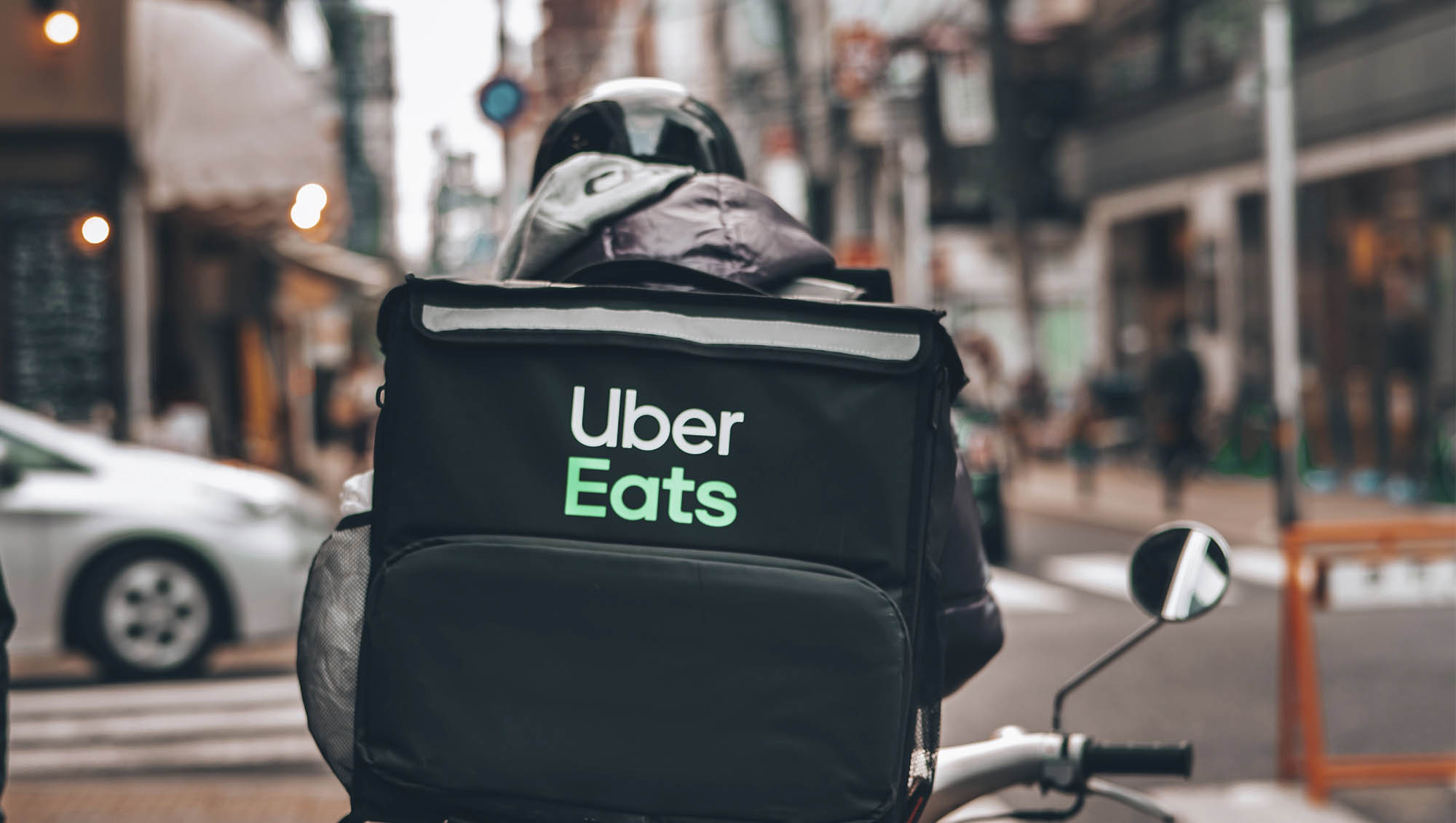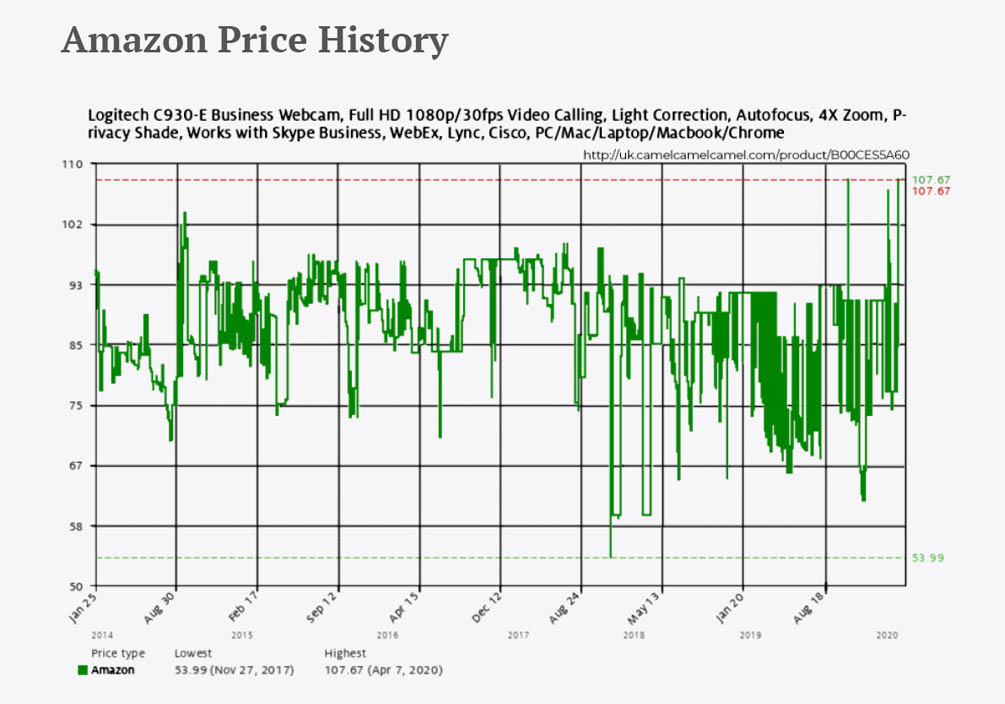Economic theories sometimes collide with ethical concerns. This is certainly the case during a pandemic, which calls for best practices in setting prices for essential goods for the global population. Let’s take a look at how this plays out and consider the possible short-, medium-, and long-term consequences.
Basic economics suggests that the forces of supply and demand determine price, such that prices go up when demand increases relative to supply. Similarly, a central tenet of marketing holds that pricing should “capture value.” In other words, you must first determine how valuable your offering is to a client, translate this value into willingness to pay, and price accordingly.
Under normal conditions, these practices are terrific and they help keep a healthy economy running, but under extreme circumstances, they can be highly problematic.
A pandemic like COVID-19 is an extreme situation that influences different industries in very different ways. While much of the economy suffers, other parts seem to benefit vastly from the crisis. Courier services, for instance, see much greater demand, since brick-and-mortar shopping is almost nonexistent. Webcam manufacturers face a similar positive situation, since their products become an essential part of everyday communication. Along the same lines, healthcare equipment providers see the demand for their products skyrocket.
While much of the economy suffers, other parts seem to benefit vastly from the crisis.
The application
In an effort to price “by the book” using the principles described above, these industries raise their prices in response to the rising demand caused by pandemic lockdowns. Big players in courier services such as FedEx and DHL raise their prices by adding an “emergency situation surcharge” to some services. Similarly, prices for many webcams reach record levels. The graph below, generated using Camelcamelcamel.com, shows a representative example: price changes over time for a Logitech webcam sold by Amazon.co.uk.
Perhaps most strikingly, ventilator manufacturers in the United States go so far as to auction their products to the highest bidder, resulting in severe market inefficiencies. Even more worrying is the fact that ventilators are not necessarily sold to the state or hospital that needs them the most, but to the one that can afford to pay the highest price, leading to the loss of human lives.
The problem
Setting aside ethical concerns, the practices mentioned above can have negative effects on business in the long run. Although raising prices undoubtedly increases immediate profitability, the long-term impact of this decision is more doubtful. Customers today do not view each transaction in isolation; they care more about establishing long-lasting relationships with brands and companies. The complexity of product offerings is ever-increasing, so customers prefer to simplify some of their decisions by relying on brands as trusted partners.
But, as in any relationship, the “partner” has to be respectful, and raising prices in times of need is not going to be perceived as such. Customers’ loyalty to the relationship will be rightfully disturbed if the brand selfishly serves its own interest by raising prices precisely when it is needed the most. When the crisis is over, many customers will remember this “betrayal” and consider breaking up.
Even though raising prices may have a positive impact on immediate profitability, it can damage a brand’s image in the long run.
Best practices
The flip side of this conundrum creates an opportunity. Customers will appreciate brands that stand by them during hard times and will want them as partners, just as we appreciate a friend who offers support when we need it. This may therefore be an ideal time for brands to initiate targeted corporate social responsibility actions, which should be positioned as close as possible to the brand’s offering. For instance, Uber Eats decided to waive some delivery fees during the pandemic, even though people who are obliged to stay home may order food more often. Actions like this have multiple positive impacts. First, they show that the brand is a good, caring citizen. Second, they convey the image of a brand that understands the customer’s needs and could therefore make a good partner. Third, they give the customer a chance to try the service in a positive light: an ideal first date.
To sum up, raising prices when customers are desperate may not be such a great idea. There may be good reasons for doing so (e.g. increased costs, missed opportunity for profitability), but these may not be good enough from the perspective of customers’ needs (e.g. communicating with loved ones during lockdown at a reasonable price). And even though raising prices may have a positive impact on immediate profitability, it can damage a brand’s image in the long run.
© IE Insights.












